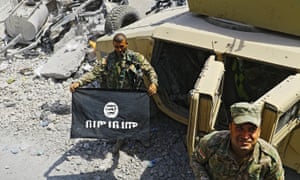BY MANOJ JOSHI
While India has been assertive in protecting interests it considers vital to its security posture in the region, New Delhi remain cagey when it comes to drawing lines on a map.

Screenshot of satellite image of disputed area near India-Bhutan-China tri-junction
To start at the very beginning: the Sikkim-Tibet border was defined in 1890 through the Anglo-Chinese Convention that was signed in Kolkata on March 17, 1890.
Article I of the convention said that the boundary of Sikkim and Tibet would be “the crest of the mountain range separating the waters flowing into the Sikkim Teesta…from the waters flowing into the Tibetan Mochu.” The beginning point of the boundary line would be “Mount Gipmochi on the Bhutan frontier….”
As is evident, Bhutan played no role in this, nor did Sikkim or Tibet; the agreement was between two empires – the British and the Qing. The Tibetans refused to implement the convention and for this they were punished when the British stormed Lhasa and later signed a convention with the Chinese in 1906 and 1910 recognising the authority (suzerainty, they said) of China over Tibet in exchange for a number of rights.


















